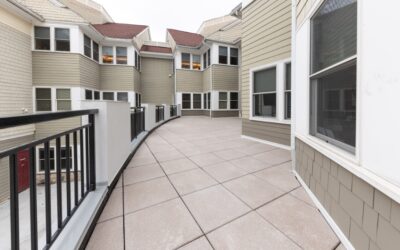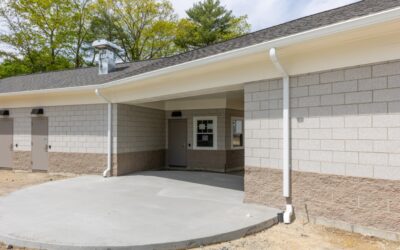Building construction has been a defining feature of human progress, evolving from ancient structures to the sophisticated architectural feats we see today. The methods used to construct buildings have also evolved, contrasting traditional techniques with modern practices that leverage advancements in technology and materials. For developers, understanding the various building types and construction methods is crucial to designing functional, safe, and sustainable structures that meet clients’ needs.
From commercial spaces and residential buildings to public institutions and green construction, this guide provides a comprehensive overview of types of buildings, their use cases, and modern construction methods. We’ll also explore the importance of building codes, fire resistance, and sustainable practices in shaping the built environment.
Why Building Types and Methods Matter for Developers
The world of construction is diverse, with each type of building serving unique purposes and requiring specialized approaches. Selecting the appropriate building material is crucial, as it impacts a building’s ability to withstand loads and perform effectively under stress. Whether you’re constructing an office building, a high-rise apartment complex, or a healthcare facility, understanding the intricacies of each will save you time and resources while improving safety and performance.
Let’s explore the different building types and the methods used to bring them to life.
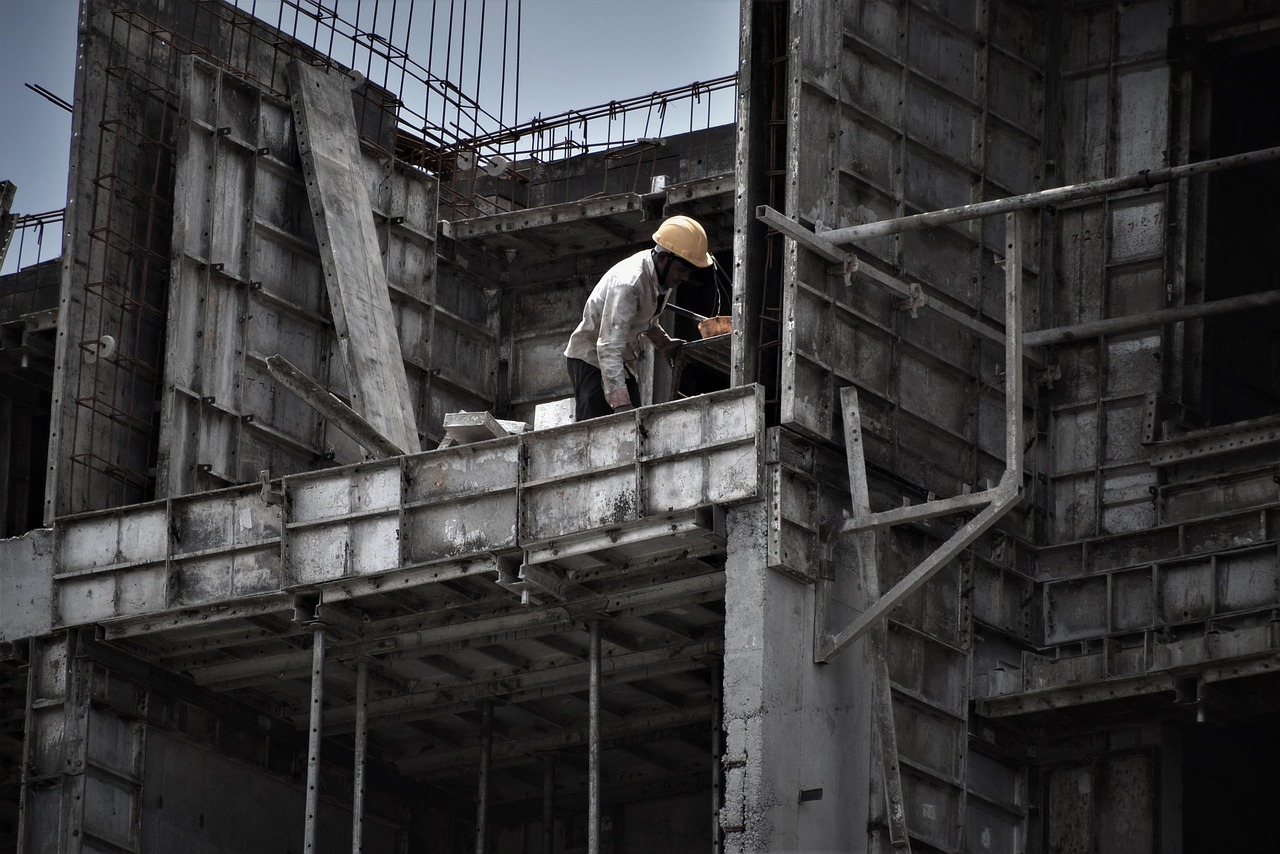
Construction Industry Overview
The construction industry is a vital sector that plays a crucial role in shaping our built environment. It involves the planning, designing, and execution of construction projects, from residential buildings to commercial and industrial structures. The industry is driven by a complex interplay of factors, including technological advancements, changing regulatory requirements, and shifting societal needs.
Understanding the Construction Landscape
The construction landscape is characterized by a diverse range of building types, each with its unique requirements and challenges. Commercial buildings, such as office buildings and retail stores, are designed to meet the needs of businesses and consumers. Industrial buildings, including factories and warehouses, are constructed to support manufacturing and logistics operations. Residential buildings, ranging from single-family homes to high-rise apartments, provide shelter and comfort for individuals and families.
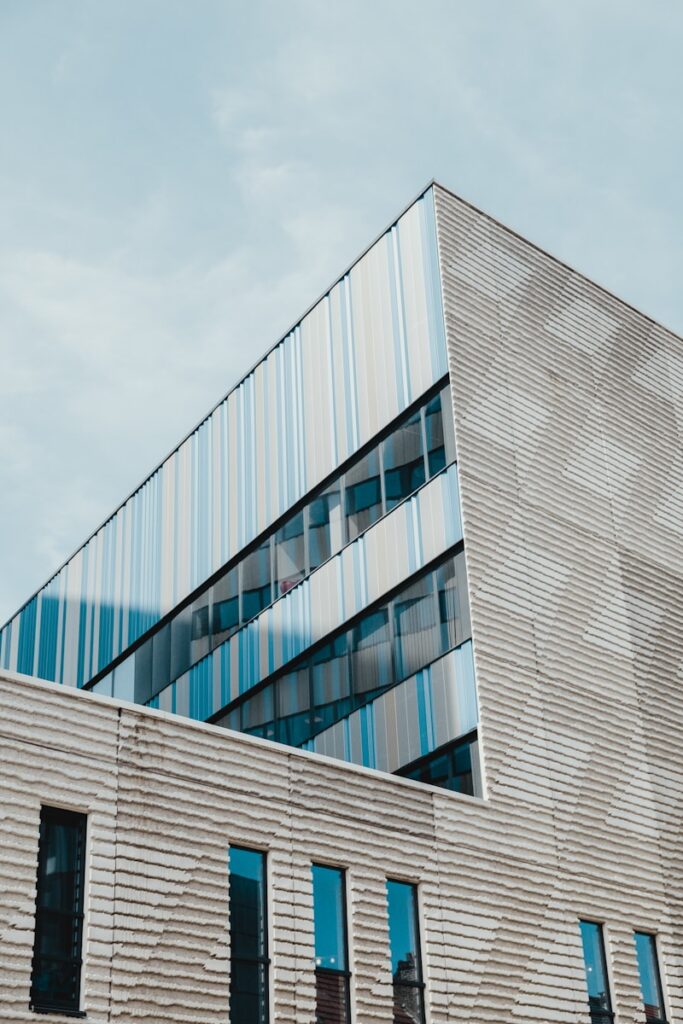
Commercial Buildings
Commercial buildings serve as hubs for business and commerce. Classified as one of the main types of buildings used for business operations, a commercial building is designed with distinct characteristics such as larger open spaces and enhanced accessibility, in contrast to residential and industrial buildings. They range in scale and purpose, including office buildings, retail spaces, and shopping malls.
Key Features of Commercial Buildings
- Materials Used: Steel, glass, and concrete are typically used to ensure durability and modern aesthetics.
- Design Priorities: Commercial buildings aim to balance practicality with visual appeal, optimizing space for employees and customers.
- Examples: Office buildings provide optimized workspaces to enhance productivity.
- Retail buildings, like standalone stores or shopping malls, are designed for customer accessibility and flow.
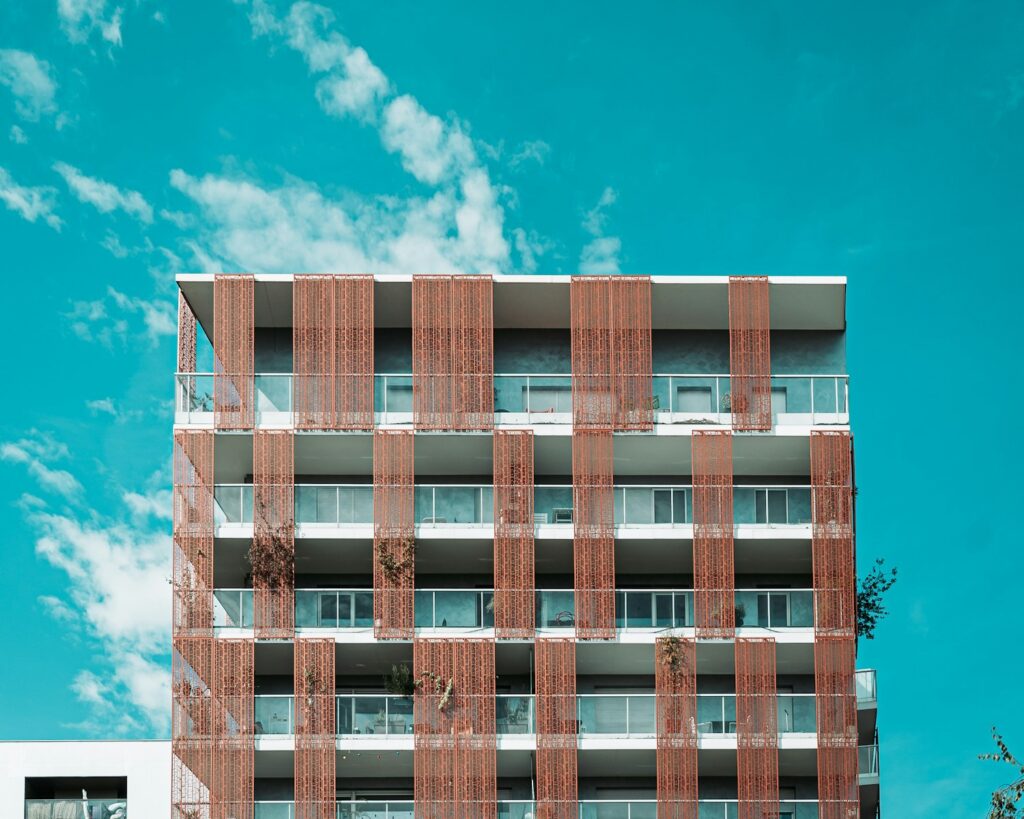
Residential Buildings
Residential buildings are where people call home. These structures often include brick-and-joist structures, known as Type 3 buildings, which feature a combination of non-combustible masonry walls and combustible interior elements like wood frames and roofs. These structures prioritize comfort, privacy, and efficient use of space, with wide variations in size and style.
Features of Residential Buildings
- Materials: Materials like wood, brick, steel, and reinforced concrete provide structural integrity and aesthetic diversity.
- Types: Single-family homes offer privacy and space.
- Apartment buildings accommodate multiple tenants efficiently.
- Sustainability: Increasingly, residential developments are incorporating green buildings to minimize environmental impact and improve indoor air quality.
South Coast Improvement excels in improving both design aesthetics and livability for residents, as demonstrated by our project at Gardner Terrace.
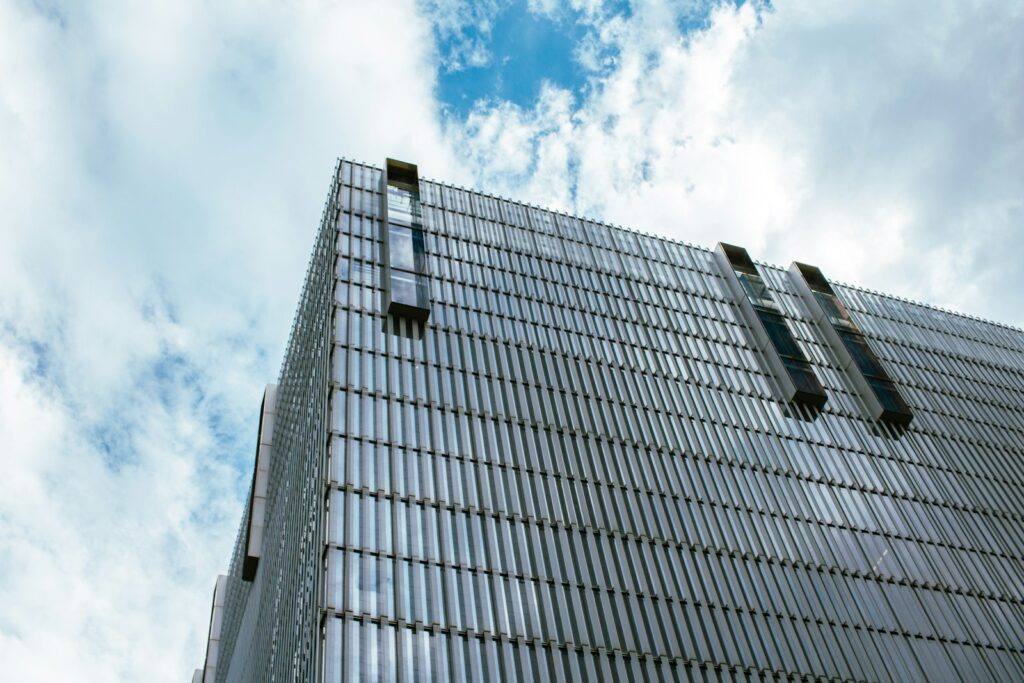
Institutional and Public Buildings
Examples of institutional structures include government buildings, schools, and healthcare facilities. These buildings often feature reinforced masonry walls, which provide durability and fire resistance. These buildings are often large-scale and community-focused.
What Sets Institutional Buildings Apart
- Functionality Above All: Government buildings prioritize transparency and public access. Healthcare facilities, like hospitals, demand layouts that ensure efficiency in patient care.
- Durable Materials: Building materials like reinforced concrete, non-combustible walls, and fire-resistant coatings are essential in institutional construction to ensure safety in highly trafficked areas.
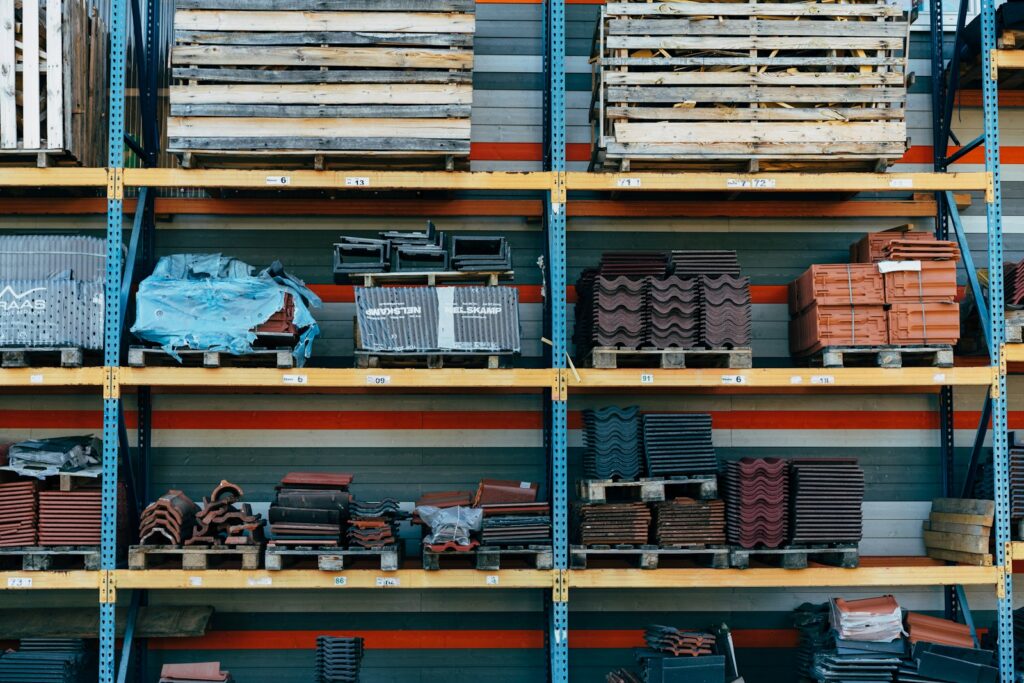
Construction Materials and Methods
The construction industry relies on a wide range of materials and methods to build structures that are safe, durable, and sustainable. Essential construction materials include steel, concrete, wood, and brick, each with its own strengths and weaknesses. Innovative construction methods, such as modular construction and 3D printing, are transforming the way buildings are designed and constructed.
Essential Construction Materials
Construction materials play a critical role in determining the strength, durability, and sustainability of buildings. Steel, for example, is a popular choice for commercial buildings due to its high strength-to-weight ratio and resistance to corrosion. Concrete, on the other hand, is widely used for foundations, walls, and floors due to its compressive strength and durability. Wood is a versatile material that can be used for framing, flooring, and roofing, while brick is a popular choice for exterior cladding due to its aesthetic appeal and durability.
Innovative Construction Methods
The construction industry is embracing innovative methods and technologies to improve efficiency, reduce costs, and enhance sustainability. Modular construction, for example, involves assembling building components in a factory before transporting them to the site for assembly. This approach can reduce construction time, minimize waste, and improve quality control. 3D printing is another innovative method that uses additive manufacturing techniques to create complex building components and structures. This approach can reduce material waste, improve accuracy, and enhance sustainability.
The Role of Building Codes and Regulations
Ensuring regulatory compliance is foundational in construction. Building codes define standards for everything from structural materials and fire resistance to safety and energy efficiency.
Key Elements of Building Codes
- Fire Resistance: Fire suppression systems, such as sprinklers and alarms, are critical in protecting occupants and preserving property. Fire resistance ratings define the ability of materials and structural elements to withstand high temperatures without failure.
- Regional Variations: Codes vary based on location and building type, so developers must stay updated to ensure compliance.
South Coast Improvement ensures adherence to every regulation, streamlining design-build processes so clients experience fewer delays and unexpected costs.
Architectural Styles and Modern Construction Methods
Architecture is an art form that has evolved alongside technology. Lightweight roof systems are increasingly used in modern construction due to their cost efficiency and improved safety features, making them ideal for Wood-Framed and Type 3 buildings. Developers and architects now incorporate both traditional and modern styles, depending on the structure’s purpose and cultural context.
Major Architectural Styles
Traditional Architecture:
- Characterized by ornate details and natural materials like brick and stone.
- Think historic structures like the U.S. Capitol.
Modern Architecture:
- Focuses on clean lines, open spaces, and modern materials like steel frames and glass facades.
- Common in commercial spaces such as skyscrapers and large office buildings.
- Modern architecture often involves both Type A and Type B construction. Type A refers to ‘protected’ constructions with greater fire-resistant properties, while Type B denotes ‘unprotected’ constructions which have lower fire resistance and cost less to build.
Postmodern Architecture:
- Combines modern functionality with bold, eclectic designs.
Advanced Construction Techniques
- Modular Construction: Streamlines the construction process by using pre-fabricated components. Reduces waste and accelerates timelines.
- Sustainable Practices: Utilizes energy-efficient materials and promotes reduced greenhouse gas emissions. Incorporates designs that improve indoor air quality, making use of natural ventilation systems.
Sustainable and Green Building Practices
Sustainability is no longer a bonus; it’s a necessity. Sustainable building practices focus on reducing environmental impact through waste minimization, energy conservation, and the utilization of renewable resources. Developers are under pressure to design structures that incorporate energy efficiency while reducing environmental impact.
Must-Have Features in Green Buildings
- Energy-Efficient Materials: Insulated walls and windows reduce energy consumption.
- Renewable Resources: Exposed wood offers not only aesthetic appeal but also eco-friendly advantages.
- Indoor Air Quality: Installing systems to improve ventilation and reduce toxins is particularly crucial in high-rise housing and healthcare facilities.
Certifications to Consider
- LEED (Leadership in Energy and Environmental Design)
- Energy Star Ratings
South Coast Improvement’s green building initiatives are tailored to clients’ goals, ensuring every structure is both sustainable and cutting-edge.
Fire Resistance and Safety in Construction
Fire safety is a critical factor in any structure. Interior structural elements, such as frames, floors, and ceilings made from wood or other combustible materials, play a significant role in fire safety considerations. This involves compliance with strict building codes that dictate the use of fire-resistant materials and active fire suppression systems.
Common Fire-Resistant Systems
- Fire-Resistant Coatings:
- Protect structural elements such as steel frames and wood framing from high temperatures.
- Horizontal Void Spaces:
- Filled with non-combustible materials to mitigate fire spread.
- Construction Types by Fire Resistance:
- Type I offers the highest fire resistance, often used in hospitals and industrial buildings.
- Type V is less fire-resistant and common in small residential projects.

Partner with South Coast Improvement for Smarter Construction
Navigating the complexities of construction, from selecting building materials to ensuring regulatory compliance, can be overwhelming. Our design-build services provide a seamless solution by uniting design and construction under one roof.
What We Offer:
- Award-winning expertise with a proven 90% repeat business rate.
- Sustainable practices and a focus on fire resistance to create safe, eco-friendly spaces.
- Offices in Massachusetts and Florida to provide local expertise wherever you need it.
Need support for your next construction project? Contact South Coast Improvement Company today, and let’s bring your vision to life.
Learn More
Discover more about modern construction methods and building innovations by exploring these trusted resources:
- Sustainable Building Design – Learn about green building practices and LEED certification from the U.S. Green Building Council.
- Fire-Resistant Construction Materials – The National Fire Protection Association offers insights into fire-resistant materials and safety guidelines.
- The Design-Build Method – Explore the benefits and processes of the design-build approach from the Design-Build Institute of America.
- Construction Industry Insights – Stay up to date on trends, innovations, and market analyses in the construction industry.
- Local Building Codes and Regulations – Access resources on building codes and compliance from the International Code Council.
- Energy-Efficient Technologies – Discover advancements in energy-efficient construction technologies and practices from the U.S. Department of Energy.
- Smart Building Solutions – Learn about the integration of smart technology in modern construction projects.
- Weather-Resilient Structures – Gain knowledge on designing structures to withstand severe weather conditions from the National Oceanic and Atmospheric Administration.
- Innovative Construction Materials – Explore cutting-edge materials and their applications from the American Society of Civil Engineers.
- Workplace Safety in Construction – Stay informed on workplace safety standards and compliance with resources from the Occupational Safety and Health Administration.
These resources provide valuable knowledge to help you make informed decisions for your next construction project.
View Our Work
The Overlook – Masonic Health System
"We’re honored to have partnered with The Overlook on this transformative initiative. Our team brought specialized expertise in working within occupied senior living communities, delivering a seamless renovation that aligns with The Overlook’s exceptional standards of...
Hamilton Wenham
Their team was collaborative, responsive, and committed to our shared vision for this space, -Eric Tracy Superintendent, Hamilton-Wenham Regional School District We partnered with the Hamilton-Wenham Regional School District to deliver a brand-new athletic building...


